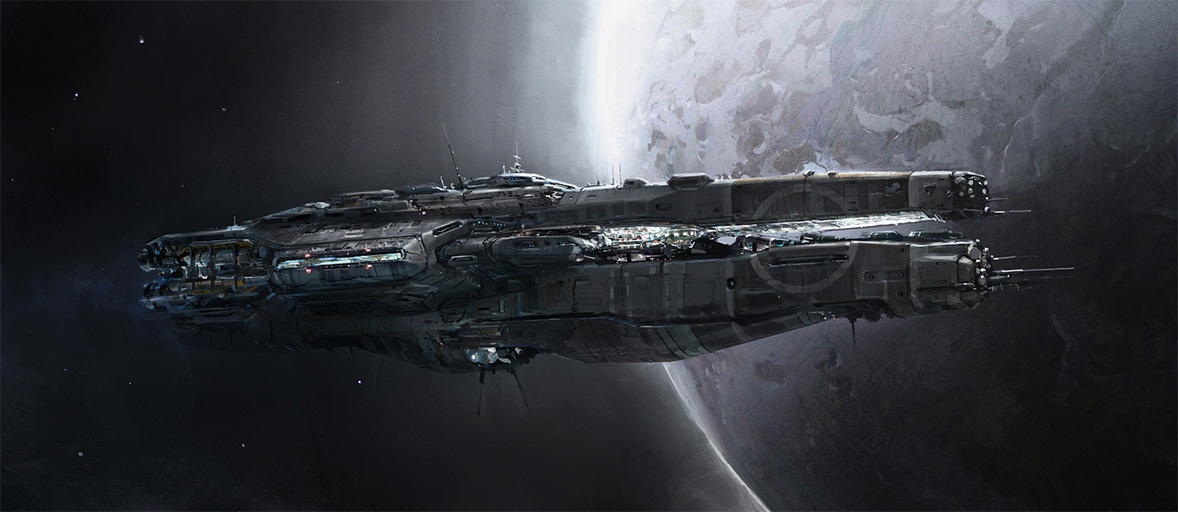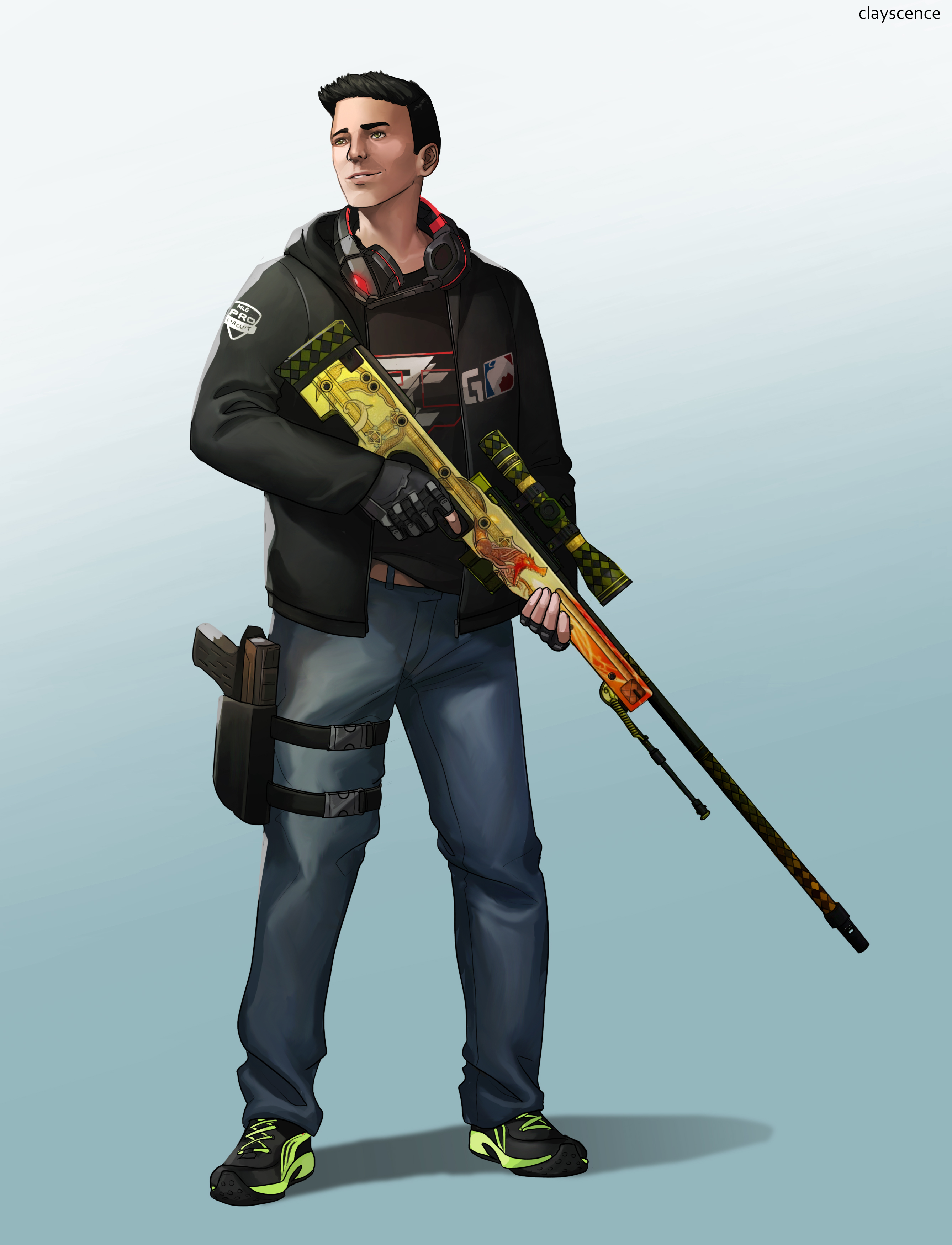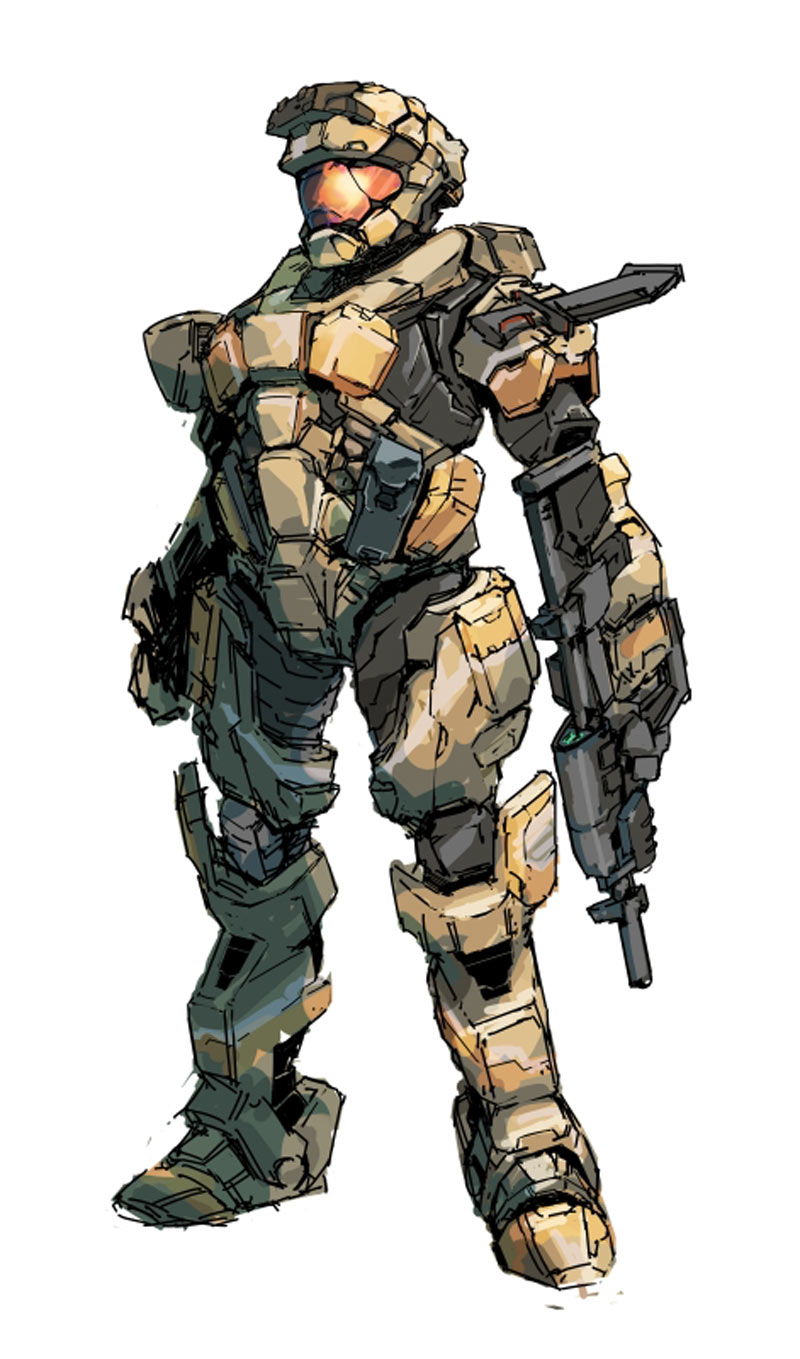Roleplay From: -=Sᵀᴿᴬᴺᴰᴱᴰ=- [Starship Sci-Fi Multiverse RP]
Roleplay Status: INACTIVE
Roleplay Status: INACTIVE
Character Status: INACTIVE
Battlecruiser Paramount reporting.
Something interesting about myself: I'm a literature student who writes as a hobby, and I'm a keen gamer. I'm also a budding photographer.

Ship Name: UEGNC Paramount (BRC-404)
Universe Background: Humanity first travelled to space sometime in the mid-20th century in their home system of Sol, located in the Orion Arm of the Milky Way Galaxy, thus becoming a spacefaring race. Yet decades of research and billions of dollars would prove that it would be still to dangerous and expensive to keep sending humans to space on a regular basis, and the dream of space travel would be something people could only dream of. It would be more than a hundred years later that humanity would finally leave their homeworld Earth to colonise the closest planet to Earth, Mars. This would be the first stage of human space travel. Decades more would be spent researching the future of intra solar travel, but humanity would finally achieve this in the mid 22nd century, colonising Earth's moon Luna and Titan, Saturn's moon.
A breakthrough would happen in the early 23rd century, with scientists developing the first faster-than-light capable spacecraft. Though slow, averaging at only 1.1 lightyears per day, it would nonetheless be a massive scientific achievement. Another decade of research and development later, the prototype FTL drive would finally be complete and mass produced, this one being much faster at more than 20 lightyears per day. The process would be known as the Relative Intra-dimensional Field Transit, or RIFT, for the way it worked. It literally cut a hole in the fabric of space, allowing a spacecraft to pass through. Here, it is almost like a wormhole, and the ship would be able to take a shortcut through space, quickly getting transported to another location.
By this time, humanity had gone interstellar, with dozens of planets being colonised every year. During this time, the old governing body of Earth, the United Nations, was reformed into the United Earth Government, and its military wing, the United Earth Government Naval Command, to oversee colonial operations. Of course, some people were not happy with this. In the late 23rd century, the First Interstellar War began, taking place in the Sol System and the nearest star system, Epsilon Eridani. While the conflict would only last for a mere three months, more wars would follow in the coming years.
By the mid 29th century, humanity had gone on to colonise more than eight thousand planets in hundreds of star systems. Then, in 2843, humanity encountered the alien Vaskran Empire, a race of sentient reptilian bipedals. After an independent human mining vessel unknowingly dropped out of a RIFT tunnel at the edge of Vaskran space, it was immediately fired upon by the Vaskran ships in the area. The Vaskrans who boarded the ship mistook seismic charges used for mining as weapons, and the aliens invaded human space where the mining ship left, thinking it a declaration for war. The Vaskrans attacked the human colony of Cascade in the Epsilon Eridani System, coming with a fleet of ships and soldiers. Thanks to the efforts of the the local armed forces and Marines, the invading force was pushed back.
This victory would be short lived, however, as colony after colony was attacked. The UEGNC was put on red alert as humanity scrambled to face this new threat. This new conflict would prove to be the most disastrous in human history, lasting more than eight years and costing billions of human lives, not to mention trillions of credits. In the year 2851, during the final month of the Vaskran War, humanity would lead a massive fleet into the heart of Vaskran space as a last resort. While this tactic would work as it caught the Vaskrans off guard, it would be extremely costly, with more than 85% of the fleet destroyed. Ultimately, the Vaskran War would come to an end less than a week later, after the human fleet destroyed a major Vaskran staging ground. The aliens would finally be pushed back, and retreated from all human controlled space, bringing an end to the eight-year war.
Crew Complement: In total, the Paramount can carry more than 13,250 crew, with more than half of that made up of Marines. The ship can also hold a vast number of fighting vehicles and a small complement of civilian scientists.
Ship Description: The Paramount is one of the first Vengeance-class line of battlecruisers, built to be a replacement for the old Magnitude-class battlecruisers. They are more heavily armed and pack more defences than the older ones, boasting more advanced shields and far more weapons. The Vengeance-class is also significantly larger than every other previous class of battlecruiser, being a full 4.21 kilometres in length, just a mere dozen or so metres smaller than a Apollo-class medium battleship. The Paramount is roughly 988 metres wide and 1.02 kilometres tall. Its most notable feature is its three powerful Mark XII spinal Particle Cannons, the newest model of the standard ship primary weapon. The particle cannon fires a massive beam of charged ions at around 81% the speed of light. It disrupts the atomic structure of a target, literally ripping atoms apart. This usually causes targets to undergo a massive reaction, exploding into a massive fireball. Its secondary armament consists of twenty-four dual barrel hypervelocity railgun turrets on each side. It has several hundred missile pods, each one carrying dozens of missiles of varying yield. It has several hundred close-in weapon defence turrets as its tertiary armament.
Unique Capabilities: Being a battlecruiser, the Paramount fills in both the roles of battleship and cruiser simultaneously. As such, it has the firepower and protection of a battleship and the manoeuvrability and versatility of a cruiser. It has powerful shields being able to take several thousand megatons of force before breaking. It can also function as a light carrier, having a large amount of vehicles ranging from tiny scout vehicles to massive quad walkers.
Its advanced sensor array can detect targets from more than a million kilometres away. Being the newest line of ship, it has six prototype Mark VIII repulsor engines, being able to cruise through space at more than 12,000 kilometres per second. It has twelve plasma engines as a secondary mode of propulsion.
It is equipped with a Chevron FTL RIFT Drive Model CK-523, allowing it to travel more than a thousand lightyears per day. It is also able to do intra-system jumps, easily escaping danger.
History of the Ship: The ship was commissioned during the closing years of the Vaskran War, planned to be a warship able to take on entire fleets. It proved to be one of the most capable ships ever designed, exceeding expectations. It also turned out to be one of the most versatile ships in the fleet, filling in the roles of battleship, cruiser, carrier, and fleet support, along with being capable of laying down orbital bombardments for troops down below. It has since become the flagship of the Eighth Interstellar Expedition Fleet, a fleet dedicated to exploration and colonisation.
Some Important People:
Captain Leonard Powers: A legendary naval commander from the Vaskran War. Once lead a single ageing Independence-class battleship against a small fleet of enemy warships, and came out victorious. Known for being blunt and brutally honest.
Lieutenant Charles Hayland: Another legendary naval commander from the later years of the war. Oversaw the operations on the human colony Tribute when the Vaskrans attacked. With nothing but his Colorado-class heavy frigate and the local patrol fleet, he armed human freighters and lead an attack. He would come out victorious. Kinder and friendlier than most veterans.
Major Joseph Cornell: A decorated Marine commander. Was present during the Battle of Cascade, and lead the defence against the Vaskrans. Continued to fight for the rest of the war.
Agent Walter Phillips: A young intelligence agent, and the son of famed naval commander Admiral Jonah Phillips. Leads the intelligence division, and is known for his tactical mindset.
Dr. Stuart Travesty: Head of the Paramount science team. Has a brilliant mind but his extreme clumsiness often gets in his way.
Nikolai: The ship's resident advanced artificial intelligence that oversees most of the ship's functions. Takes on the appearance and personality of a stereotypical drunk World War II-era Red Army soldier. Hates Dusty.
Dusty: An artificial intelligence construct that controls the Paramount's autonomous drone complement, and is in charge of most non-combat functions. Appears and acts like a typical Southern United States farmer. Hates Nikolai.
Battlecruiser Paramount reporting.
Something interesting about myself: I'm a literature student who writes as a hobby, and I'm a keen gamer. I'm also a budding photographer.

Ship Name: UEGNC Paramount (BRC-404)
Universe Background: Humanity first travelled to space sometime in the mid-20th century in their home system of Sol, located in the Orion Arm of the Milky Way Galaxy, thus becoming a spacefaring race. Yet decades of research and billions of dollars would prove that it would be still to dangerous and expensive to keep sending humans to space on a regular basis, and the dream of space travel would be something people could only dream of. It would be more than a hundred years later that humanity would finally leave their homeworld Earth to colonise the closest planet to Earth, Mars. This would be the first stage of human space travel. Decades more would be spent researching the future of intra solar travel, but humanity would finally achieve this in the mid 22nd century, colonising Earth's moon Luna and Titan, Saturn's moon.
A breakthrough would happen in the early 23rd century, with scientists developing the first faster-than-light capable spacecraft. Though slow, averaging at only 1.1 lightyears per day, it would nonetheless be a massive scientific achievement. Another decade of research and development later, the prototype FTL drive would finally be complete and mass produced, this one being much faster at more than 20 lightyears per day. The process would be known as the Relative Intra-dimensional Field Transit, or RIFT, for the way it worked. It literally cut a hole in the fabric of space, allowing a spacecraft to pass through. Here, it is almost like a wormhole, and the ship would be able to take a shortcut through space, quickly getting transported to another location.
By this time, humanity had gone interstellar, with dozens of planets being colonised every year. During this time, the old governing body of Earth, the United Nations, was reformed into the United Earth Government, and its military wing, the United Earth Government Naval Command, to oversee colonial operations. Of course, some people were not happy with this. In the late 23rd century, the First Interstellar War began, taking place in the Sol System and the nearest star system, Epsilon Eridani. While the conflict would only last for a mere three months, more wars would follow in the coming years.
By the mid 29th century, humanity had gone on to colonise more than eight thousand planets in hundreds of star systems. Then, in 2843, humanity encountered the alien Vaskran Empire, a race of sentient reptilian bipedals. After an independent human mining vessel unknowingly dropped out of a RIFT tunnel at the edge of Vaskran space, it was immediately fired upon by the Vaskran ships in the area. The Vaskrans who boarded the ship mistook seismic charges used for mining as weapons, and the aliens invaded human space where the mining ship left, thinking it a declaration for war. The Vaskrans attacked the human colony of Cascade in the Epsilon Eridani System, coming with a fleet of ships and soldiers. Thanks to the efforts of the the local armed forces and Marines, the invading force was pushed back.
This victory would be short lived, however, as colony after colony was attacked. The UEGNC was put on red alert as humanity scrambled to face this new threat. This new conflict would prove to be the most disastrous in human history, lasting more than eight years and costing billions of human lives, not to mention trillions of credits. In the year 2851, during the final month of the Vaskran War, humanity would lead a massive fleet into the heart of Vaskran space as a last resort. While this tactic would work as it caught the Vaskrans off guard, it would be extremely costly, with more than 85% of the fleet destroyed. Ultimately, the Vaskran War would come to an end less than a week later, after the human fleet destroyed a major Vaskran staging ground. The aliens would finally be pushed back, and retreated from all human controlled space, bringing an end to the eight-year war.
Crew Complement: In total, the Paramount can carry more than 13,250 crew, with more than half of that made up of Marines. The ship can also hold a vast number of fighting vehicles and a small complement of civilian scientists.
Ship Description: The Paramount is one of the first Vengeance-class line of battlecruisers, built to be a replacement for the old Magnitude-class battlecruisers. They are more heavily armed and pack more defences than the older ones, boasting more advanced shields and far more weapons. The Vengeance-class is also significantly larger than every other previous class of battlecruiser, being a full 4.21 kilometres in length, just a mere dozen or so metres smaller than a Apollo-class medium battleship. The Paramount is roughly 988 metres wide and 1.02 kilometres tall. Its most notable feature is its three powerful Mark XII spinal Particle Cannons, the newest model of the standard ship primary weapon. The particle cannon fires a massive beam of charged ions at around 81% the speed of light. It disrupts the atomic structure of a target, literally ripping atoms apart. This usually causes targets to undergo a massive reaction, exploding into a massive fireball. Its secondary armament consists of twenty-four dual barrel hypervelocity railgun turrets on each side. It has several hundred missile pods, each one carrying dozens of missiles of varying yield. It has several hundred close-in weapon defence turrets as its tertiary armament.
Unique Capabilities: Being a battlecruiser, the Paramount fills in both the roles of battleship and cruiser simultaneously. As such, it has the firepower and protection of a battleship and the manoeuvrability and versatility of a cruiser. It has powerful shields being able to take several thousand megatons of force before breaking. It can also function as a light carrier, having a large amount of vehicles ranging from tiny scout vehicles to massive quad walkers.
Its advanced sensor array can detect targets from more than a million kilometres away. Being the newest line of ship, it has six prototype Mark VIII repulsor engines, being able to cruise through space at more than 12,000 kilometres per second. It has twelve plasma engines as a secondary mode of propulsion.
It is equipped with a Chevron FTL RIFT Drive Model CK-523, allowing it to travel more than a thousand lightyears per day. It is also able to do intra-system jumps, easily escaping danger.
History of the Ship: The ship was commissioned during the closing years of the Vaskran War, planned to be a warship able to take on entire fleets. It proved to be one of the most capable ships ever designed, exceeding expectations. It also turned out to be one of the most versatile ships in the fleet, filling in the roles of battleship, cruiser, carrier, and fleet support, along with being capable of laying down orbital bombardments for troops down below. It has since become the flagship of the Eighth Interstellar Expedition Fleet, a fleet dedicated to exploration and colonisation.
Some Important People:
Captain Leonard Powers: A legendary naval commander from the Vaskran War. Once lead a single ageing Independence-class battleship against a small fleet of enemy warships, and came out victorious. Known for being blunt and brutally honest.
Lieutenant Charles Hayland: Another legendary naval commander from the later years of the war. Oversaw the operations on the human colony Tribute when the Vaskrans attacked. With nothing but his Colorado-class heavy frigate and the local patrol fleet, he armed human freighters and lead an attack. He would come out victorious. Kinder and friendlier than most veterans.
Major Joseph Cornell: A decorated Marine commander. Was present during the Battle of Cascade, and lead the defence against the Vaskrans. Continued to fight for the rest of the war.
Agent Walter Phillips: A young intelligence agent, and the son of famed naval commander Admiral Jonah Phillips. Leads the intelligence division, and is known for his tactical mindset.
Dr. Stuart Travesty: Head of the Paramount science team. Has a brilliant mind but his extreme clumsiness often gets in his way.
Nikolai: The ship's resident advanced artificial intelligence that oversees most of the ship's functions. Takes on the appearance and personality of a stereotypical drunk World War II-era Red Army soldier. Hates Dusty.
Dusty: An artificial intelligence construct that controls the Paramount's autonomous drone complement, and is in charge of most non-combat functions. Appears and acts like a typical Southern United States farmer. Hates Nikolai.





